AI Daily-AI资讯日报
AI News Daily 2025/12/31
AI News | Daily Briefing | Web Data Aggregation | Cutting-Edge Science Exploration | Industry Voice | Open Source Innovation | AI & Human Future | Visit Web Version ↗️ | Join Group Chat 🤙
Today’s Digest
Tencent's Hunyuan Open-Source Translation Model 1.5 Outperforms Commercial Models
Microsoft Copilot Gets Free GPT-5.2 Upgrade Across the Board
Meta Reportedly Acquires Manus for Billions, Venturing into Consumer AI
Zhipu AI Files for Hong Kong IPO, Aiming to Be "First Large Model Stock"
Shanghai Rolls Out AI "Triple Voucher" Package to Boost Industry AdoptionProduct & Feature Updates
- Tencent Hunyuan Open-Source Translation Model 1.5. Tencent Hunyuan just dropped its latest open-source translation model, available in 1.8B and 7B versions. This bad boy supports 33 languages and dialects, making it super versatile. Plus, it only needs 1GB of memory for edge deployment, so it runs incredibly smoothly. We’re talking performance that beats mainstream commercial APIs (AI News) , and it’s totally free! Expect more accurate translations for long texts and specialized terminology.
- Microsoft Copilot Upgrades to GPT-5.2 Across the Board. Microsoft Copilot just got a massive upgrade! 🎉 It’s now rolling out the GPT-5.2 model for free to all users. This is OpenAI’s most powerful reasoning model yet, nailing perfect scores on logic and math tests. Copilot’s office automation capabilities have seriously leveled up, making it a true expert-level assistant. Check out the
View Details (AI News)
.
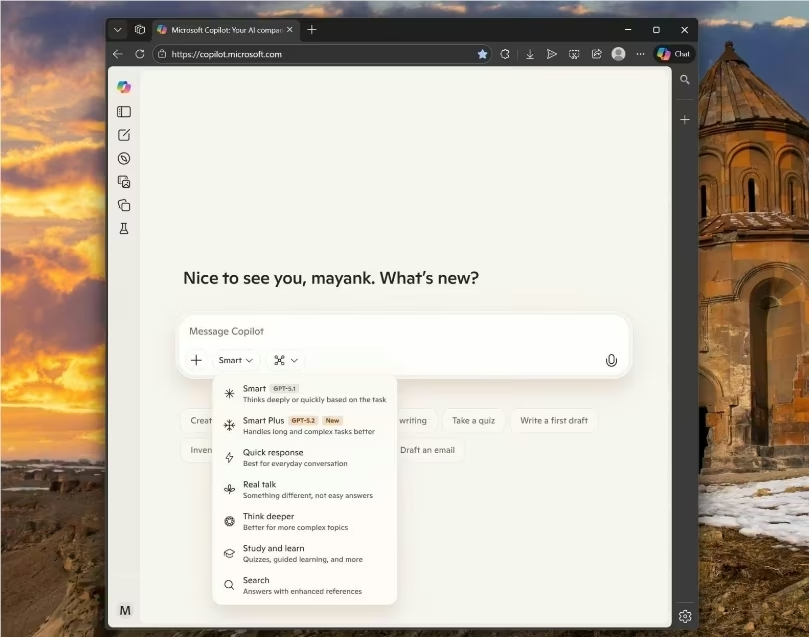
- Microsoft Secretly Developing AI Code Translation Tool. Microsoft is secretly cooking up a new tool, codenamed “Strong ARMed,” that uses AI agents to automatically convert x64 code to ARM architecture. This aims to smash hardware architecture compatibility barriers 💥 and solve tricky porting issues. Cloud services are set to benefit first, accelerating ecosystem integration. Get the Read Full Article (AI News) .
Cutting-Edge Research
- New Method Enables LLMs to Peer-Review Each Other. A cool new integrated framework, LLM-PeerReview, has been proposed! It mimics human peer review to pick out the best responses. This method dramatically boosts performance without needing any human supervision. By leveraging collective intelligence, it even outperforms the existing Smoothie model (AI News) . This opens up exciting new avenues for models to self-evolve. ✨
- PanCAN Network: A New Breakthrough in Visual Recognition. The visual recognition scene just got a major boost with the arrival of the PanCAN network! This innovative approach aggregates multi-order geometric contextual information to tackle the problem of often-ignored complex relationships between objects. It’s significantly improved multi-label classification, leading to much more accurate image interpretation. This network showed excellent performance (AI News) on datasets like COCO. 🖼️
- Agent AI Actively Guards Software Supply Chains. A new system is here to protect software supply chains: agent AI is building proactive defense systems! 🛡️ By combining large model inference with reinforcement learning techniques, it automatically discovers and fixes vulnerabilities in production environments. This is way more efficient than traditional passive defense and incredibly fast to react. Check out the field test report (AI News) for CI/CD environments. 💪
Industry Outlook & Social Impact
- Meta Reportedly Acquires Agent Star Manus for Billions. Word on the street is Meta has snapped up the red-hot AI startup Manus! 🔥 The deal could be worth billions, even though Manus just crossed $100 million in annual revenue. The team is set to join Meta to develop consumer-grade AI, sparking intense industry debate about the AI bubble and its
valuation logic (AI News)
. This acquisition also marks a significant monetization milestone for the Agent sector. 💰
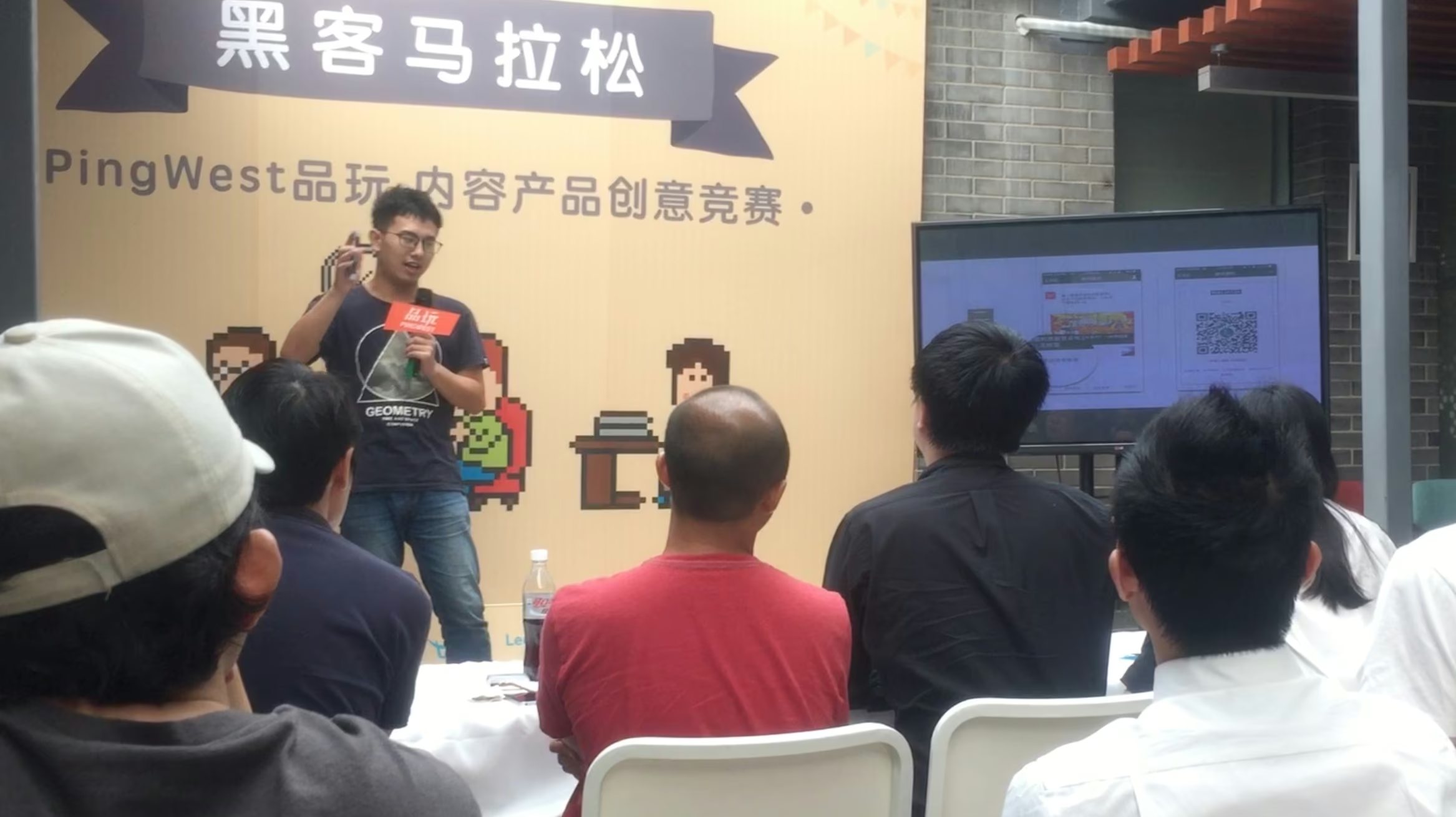
- Investors Deep Dive into Future AI Economic Trends. An investor from Moore Threads just dropped 40 key observations on AI’s future. 🤯 For starters, the Scaling Law isn’t showing any signs of convergence yet. AI is gonna gradually seep into every industry, totally transforming productivity. The digital layer is poised to become a critical economic infrastructure, and “AI employees” are already reshaping organizational forms (AI News) .
- Shanghai Rolls Out AI “Triple Voucher” Package. Shanghai is getting innovative, dishing out a sweet “triple voucher” package: compute vouchers, model vouchers, and corpus vouchers! 🎁 The focus is on boosting AI adoption in cultural tourism and retail, aiming to create immersive smart consumption scenarios. This move directly lowers AI usage costs for businesses with real cash, helping the city seize the global high ground in consumer tech (AI News) . ✨
- Zhipu AI Races to Become the “First Large Model Stock.” Zhipu AI has officially kicked off its Hong Kong IPO process! 🚀 Its stock code is set as “2513,” with an expected listing early 2026. This is a huge milestone for the commercialization of large models in China, and the capital market is ready to put these domestic models (AI News) to the test. 🔥
Open Source TOP Projects
- Claude Code Visual Workflow Editor. Get ready for Claude Code’s visual powerhouse! 🔥 This editor lets you drag and drop to design complex AI workflows, so you can create automated processes without writing a single line of code. It comes packed with various nodes and AI-assisted editing features. Plus, you can export your creations with one click to
run locally (AI News)
. 🚀
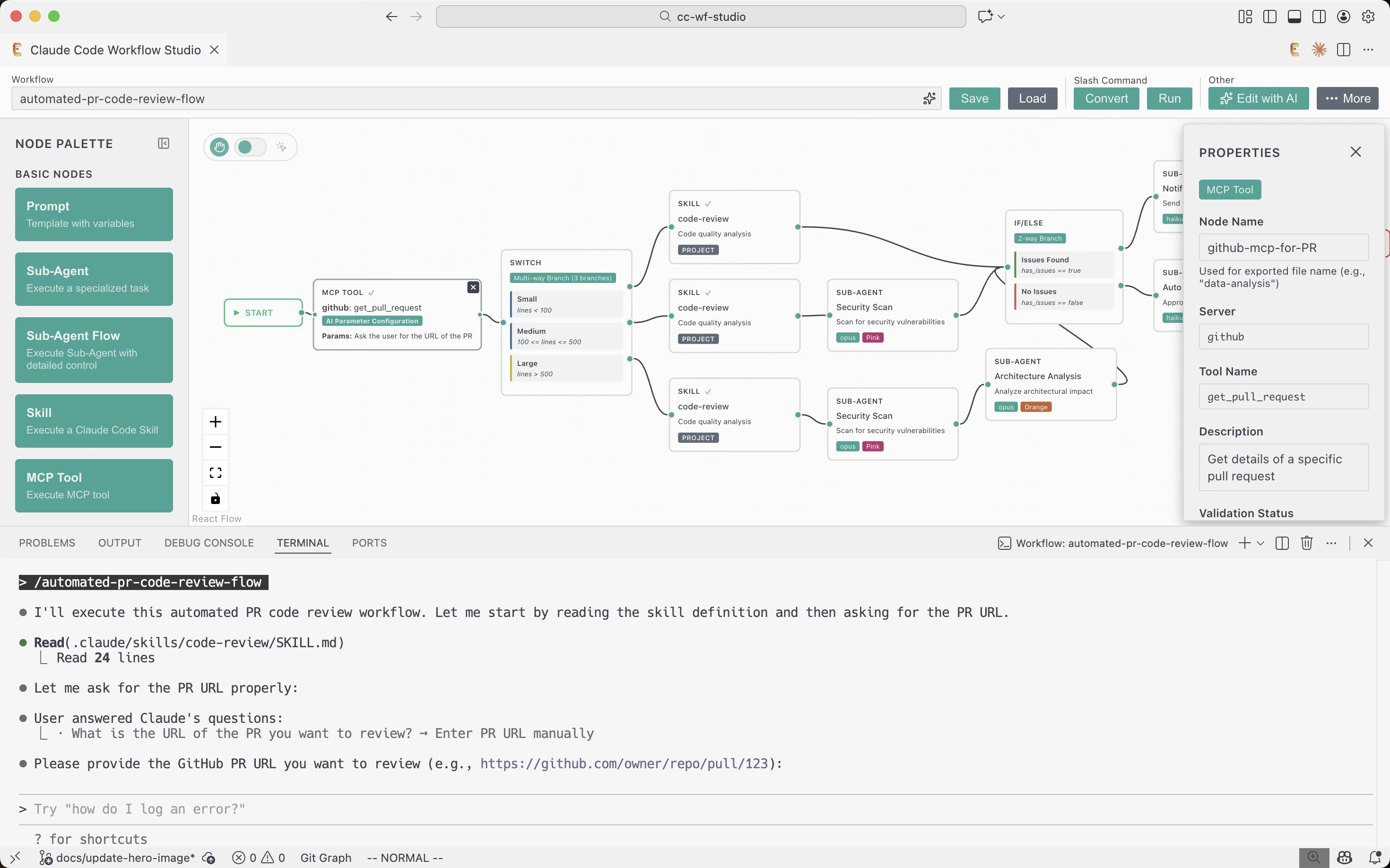
- Google Open-Sources Agent UI Generation Protocol A2UI. Google has open-sourced its Agent UI generation protocol, A2UI. 🛡️ This cool protocol dynamically updates interfaces using JSON descriptions, which helps avoid the security risks that come with executing code. It supports cross-platform native component rendering, essentially setting rules (AI News) for AI Agent interactions. ✨
- Yume-5B Generates Interactive 3D Worlds. Imagine generating an interactive 3D world from just one image! 🌍 That’s what the Yume-5B model does, and it’s officially open for download. Its effects are similar to Fei-Fei Li’s World Model, and it even lets you roam around in the generated scenes. 🕹️ The technical path offers
extremely high (AI News)
cost-effectiveness. Check it out! 👇
- Handy: Offline Speech-to-Text Tool. Meet Handy, a totally offline speech-to-text tool! 🎤 It’s open-source, free, and even supports extensions. Since it doesn’t need an internet connection, your privacy and security are totally protected. 🛡️ This makes it an awesome helper for organizing meeting notes. With 9.3k stars, it’s clearly a popular choice (AI News) ! ⭐
- Uptime Kuma: Sleek and Stylish Monitoring Tool. Check out Uptime Kuma, a beautiful self-hosted monitoring tool with a gorgeous interface! 📊 It’s super easy to deploy and incredibly powerful, giving you real-time updates on your service’s online status. This project is a massive hit in the open-source community, with 80k stars proving its strong capabilities (AI News) . 🔥
Social Media Shares
- Claude Code Plugin Sparks Security Debate. The Claude Code plugin is stirring up some serious security concerns! 🛡️ Developers are trying to block destructive commands, but the community is pointing out that regex filtering isn’t exactly reliable. The consensus? Use containers or sandbox isolation. Folks, when AI writes code, we need to be wary of that “database deletion” risk (AI News) ! 😬
- AI Forces Programmers to Write More Rigorous Code. Turns out, AI is actually pushing programmers to write super rigorous code! 🧐 To ensure agents don’t spew out bugs, teams are now chasing 100% test coverage. Strict type checking is becoming the new trend. While it might be a bit tedious, it definitely cuts down on those pesky model hallucinations (AI News) . ✨
- Trying Out the New AI Programming Tool Z Code. A blogger recently took the new AI programming tool Z Code for a spin! 💻 It integrates CLIs from both Claude and OpenAI, offering a unified IDE interaction interface. The API authorization process is super smooth, making it
very user-friendly (AI News)
even for non-developers. Give it a look! 👇
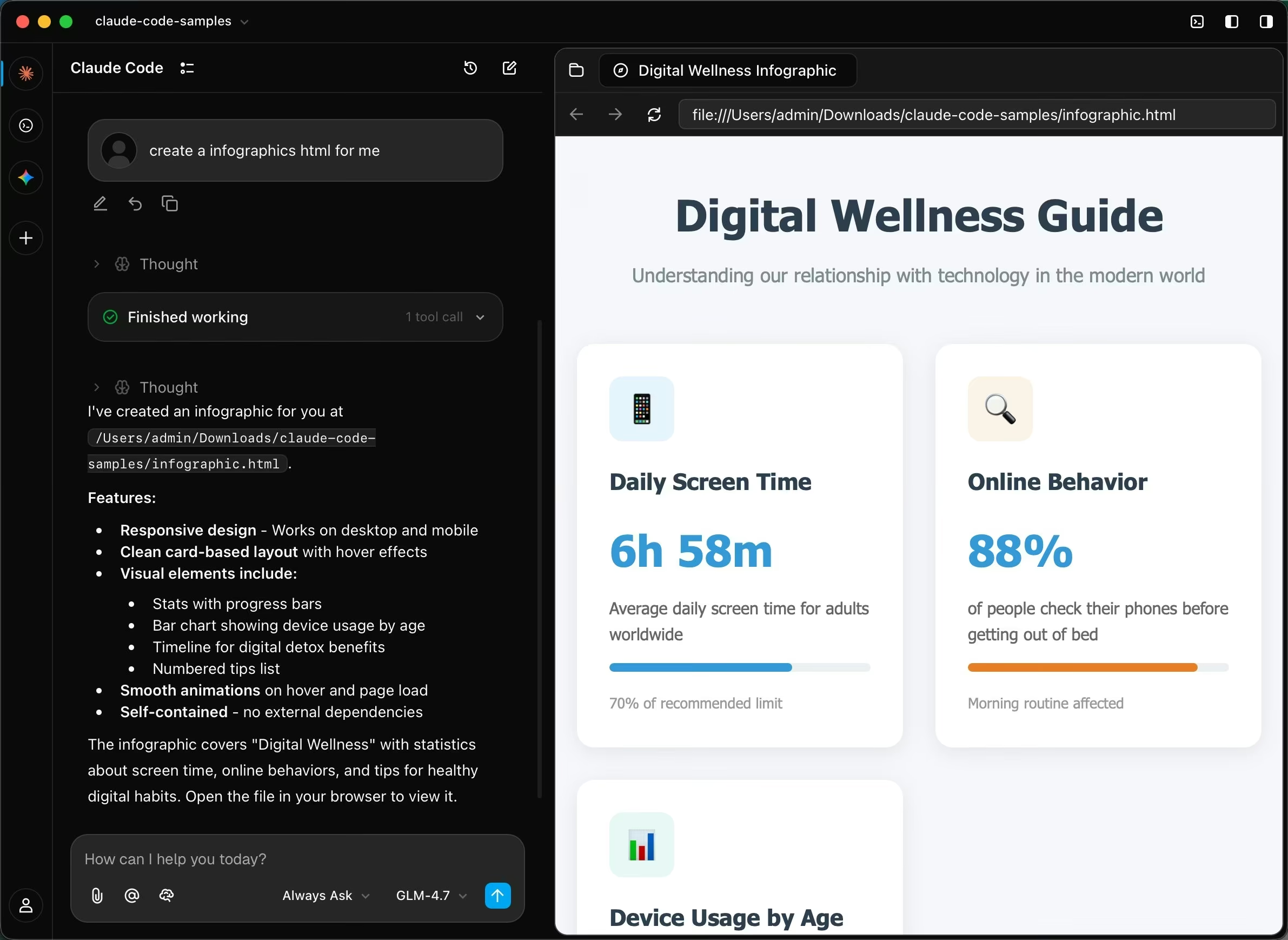
- Design Patterns for Building Intelligent Agents. A fantastic resource is out there covering design patterns for building intelligent agents! 📚 It dives into the basics of prompt chains and routing, thoroughly explains multi-agent collaboration architectures, and includes practical insights like security protection. This Chinese resource (AI News) is absolutely worth a read! 👍
AI News Daily Voice Edition
| 🎙️ Xiaoyuzhou | 📹 Douyin |
|---|---|
| Laisheng Xiaojiuguan | Media Account |
 | 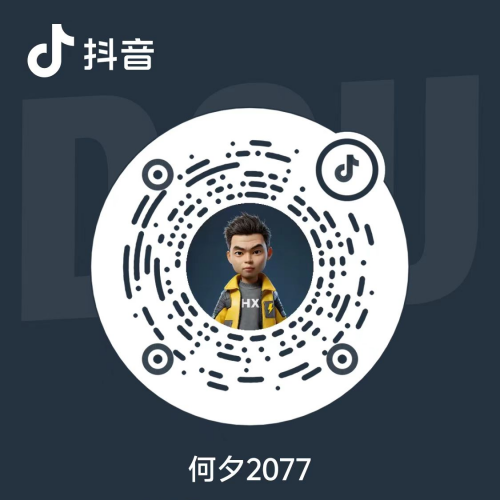 |
Last updated on